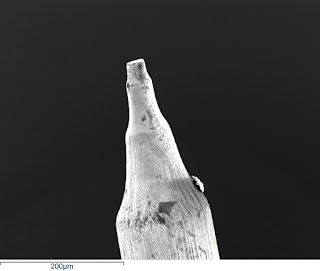As it can't really be utilised during my EngD project (My project is delivering a functioning manufacturing tool) I can't really say too much about crowd sourcing. I have been part of https://www.galaxyzoo.org which uses crowdsourcing to understand how galaxies formed by employing a large user pool to classify galaxies according to their shapes. There is far too much data here for one person to sort through, but with a large group of amateur analysts the large scale task becomes easy.
On to Webinar tools, my main experience previous to my EngD was always Skype meetings which work very well, especially as we collaborate with many other research groups across the globe. The main tool I will be making use of is screen/desktop/application sharing. I will be using the SIMPLE tool in Surrey, which has been manufactured by Ionoptika in Southampton and as much as I will think I know the system completely when its my time to operate it, it will likely be the case that I required an Ionoptika engineer's help when something goes wrong. In that case the best way to demonstrate how to fix something on the computer is to show them on the computer. Desktop sharing is the best way to do that.
Finally, I made good use of google drive last week; firstly using the service to store files when I was using a lab computer and did not have a usb storage device, secondly to share the SEM images immediately with my colleagues by sharing the link to them to access the files. One is pictured below:
 |
| Above: SEM image of the etched and filed tip of a 150 micron diameter tungsten wire filament |
No comments:
Post a Comment